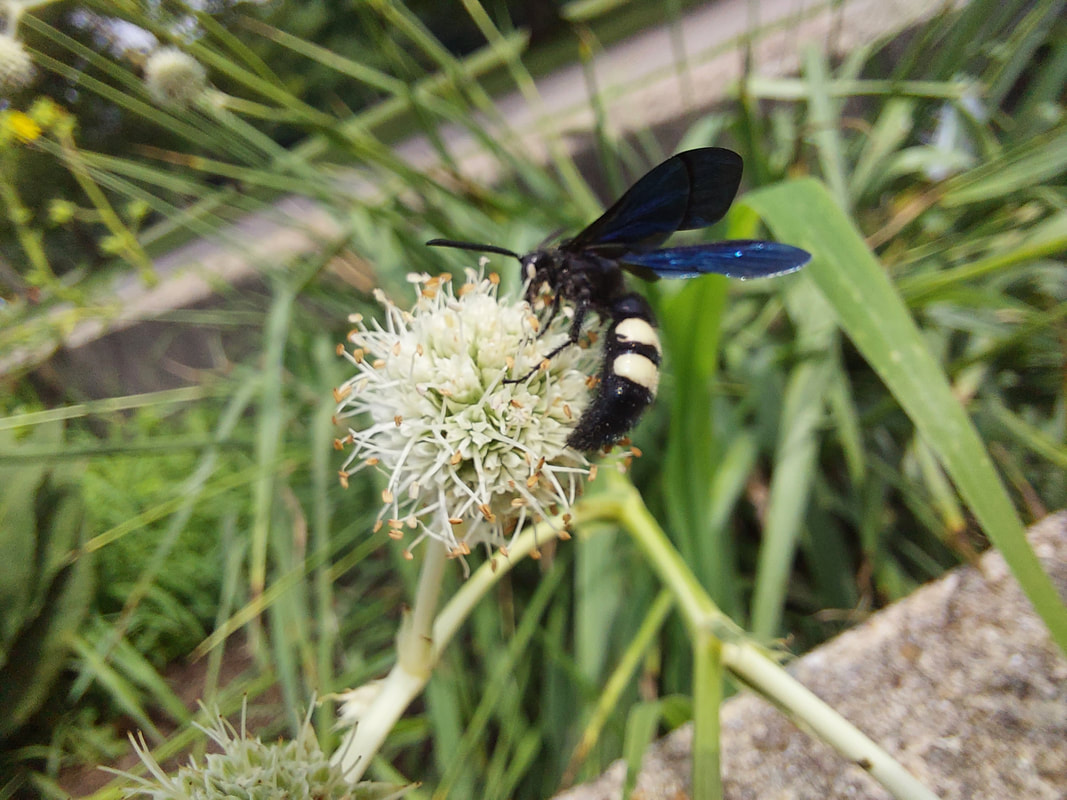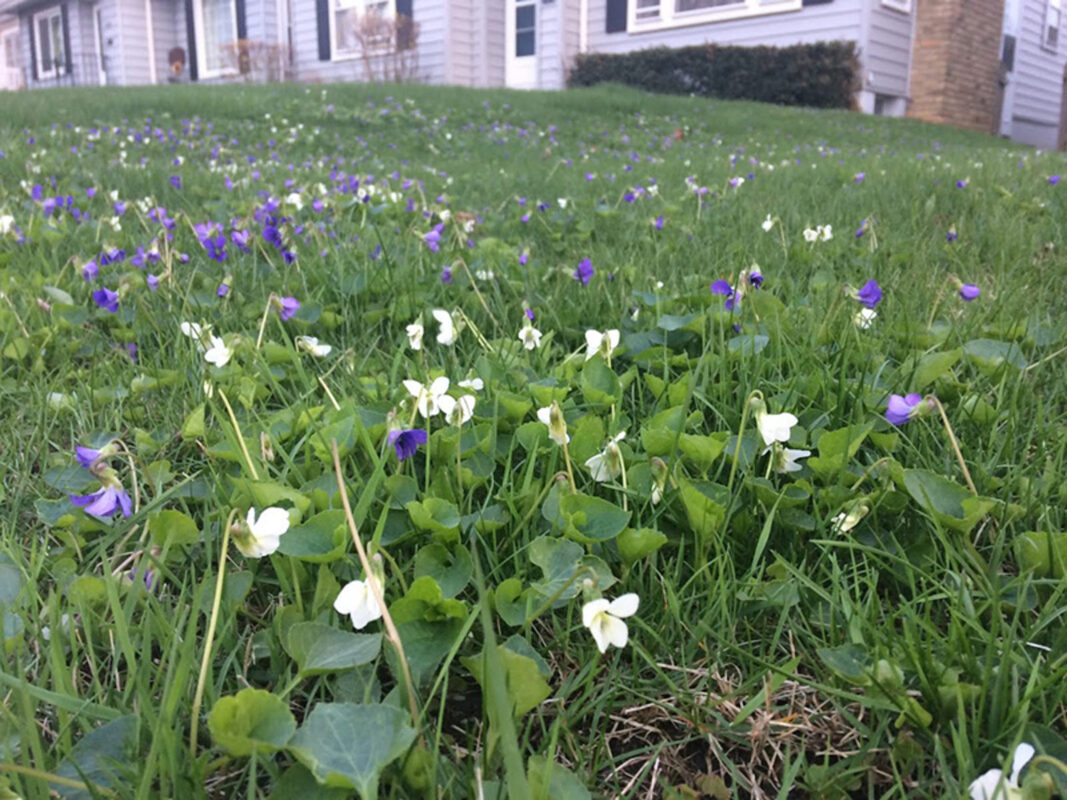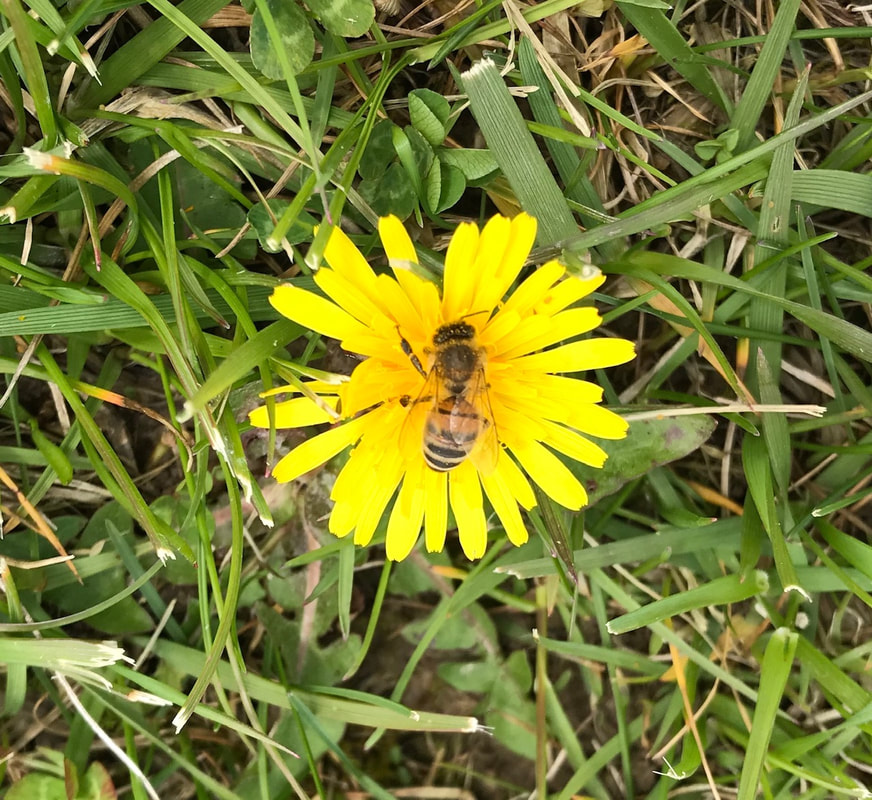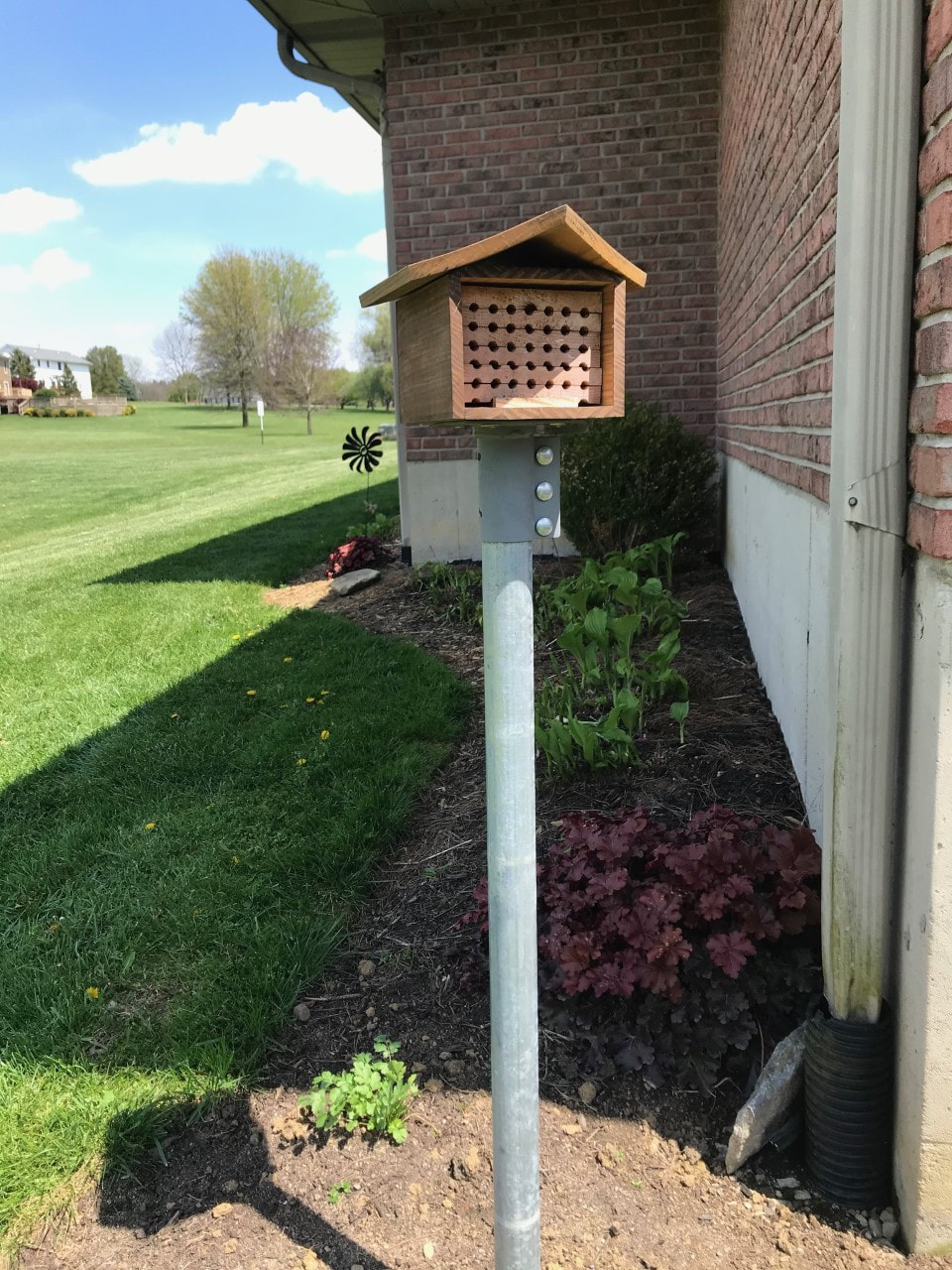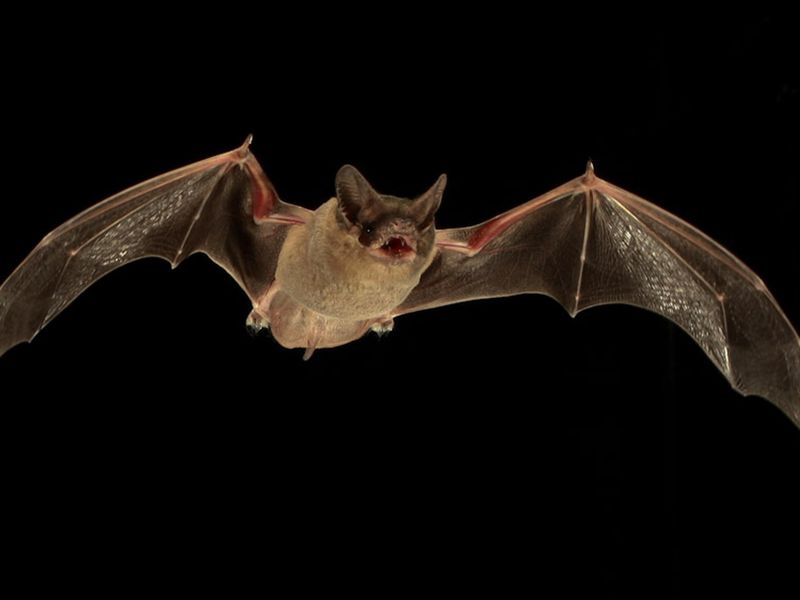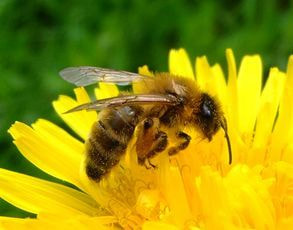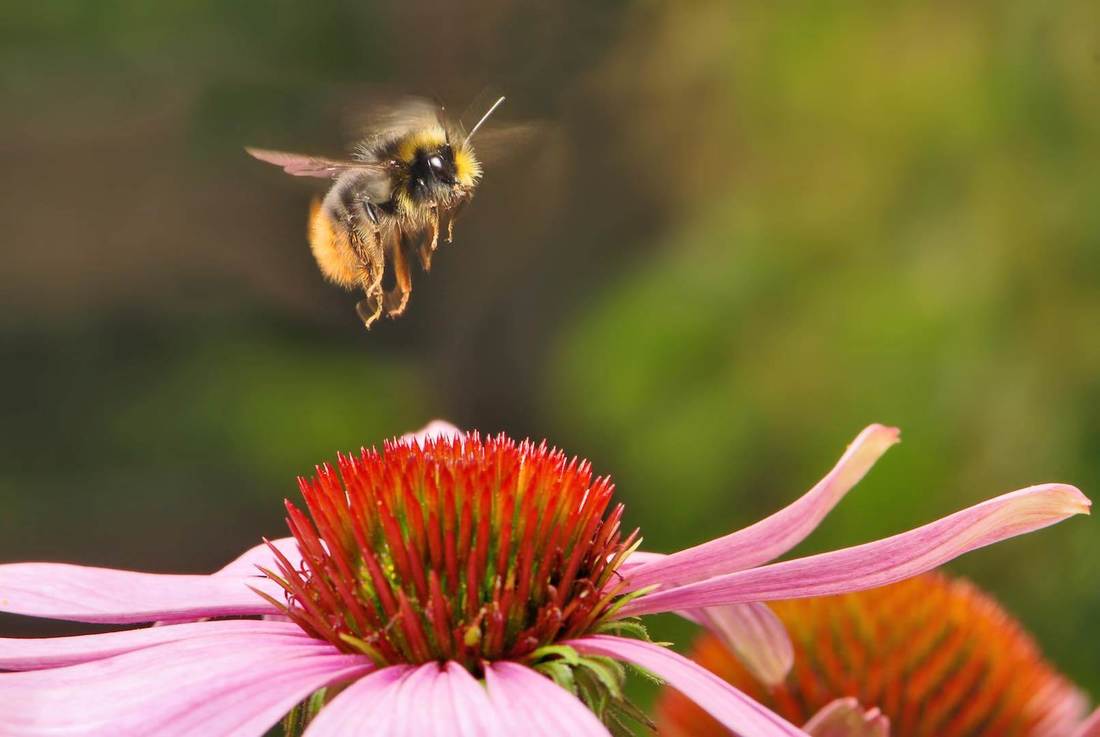|
Did you know that you can thank a pollinator for 1 in 3 bites of food! Pollinators help our food supply to be plentiful and enable us to grow fruits and vegetables! Warren County SWCD believes it is important to help our pollinators! Here are some tips from USDA that will help keep our pollinators plentiful!
Additional Resources: USDA - The Importance of Pollinators - https://www.usda.gov/peoples-garden/pollinators Pollinator Partnership - https://www.pollinator.org/pollinators Xerces Society - https://xerces.org/ OSU Bee Lab - https://u.osu.edu/beelab/ Pollinator Pathway - https://www.pollinator-pathway.org/ For more information regarding pollinators, Warren County Soil and Water Conservation District programs and/or technical assistance on water or soil questions, visit http://warrenswcd.com or call, 513-695-1337.
3 Comments
Having a nice lawn is something that many people think about, especially during the summer. By targeting several management strategies, lawn care can become more environmentally friendly and help keep our water clean. Leave the clippings on your lawn. Over time the action of mowing and taking away the clippings can deplete the soil of valuable nutrients. Leaving the clippings returns these nutrients to the soil and can promote less fertilizer usage over time. Mow high. Adjust your lawn mower to mow in the 3 to 4 inch range. In general, grass should be in the 4 to 4.5 range at its longest. The health of the grass significantly increases when you can leave more green growth on the plant. Healthier grass means that your lawn will have less instances of disease, insect and weed issues. Keep your lawn mower blades sharp. This ensures that you are not tearing/shredding the blades of grass. Continuously tearing and/or shredding the plant can hurt the crown of the plant and ultimately kill the grass. Check at your local hardware store as to who in your local area can sharpen your blades. Fertilize in the fall. Fertilizer applications should always be based on a soil test. Fertilizing without a soil test can easily lead to over-applying fertilizer, which can cause problems for our environment such as algae blooms in our local waterways. If you choose to fertilize, a late fall application in September and then in mid to late October is the best time. Adding a fertilizer application again in mid- to late May helps keep the lawn green and healthy throughout the summer. Do not add fertilizer during or right before an expected rain event as that is throwing money away, and adding nutrient pollution to local waterways. Consider letting the grass go dormant in a dry summer. If the summer is dry, you may decide to save water and not irrigate your lawn. If you choose this option, the grass will go dormant and turn brown. Don’t worry, the grass is not dead. It will revive when cooler weather and rain come back in the fall. Grass generally does not die until you have 4-6 weeks of very dry weather. Choosing to water is your personal decision but know that you should water deeply and infrequently rather that quickly and often. As a general rule apply a half-inch of water every four weeks after the lawn turns brown. Also, it is important to minimize traffic on a dormant lawn to reduce possible damage. Rethink your lawn. Did you know that we can thank pollinators for 1 in 3 bites of our food? Unfortunately, grass does not offer the nectar or pollen sources that pollinators need to survive. Consider turning part of your landscape into a pollinator garden or admiring the beauty that clover, violets and dandelions provide in a sea of green. It is important to do your research on local ordinances especially if you choose to make your yard a “pollinator lawn”. To check out more information on pollinator lawns, go to Michigan State University, https://pollinators.msu.edu or the Blue Print Partnership, https://bluethumb.org/ . Photo credit: Metro Blooms For additional questions on conservation minded lawn care, contact the Warren County Soil and Water Conservation District main office at 513-695-1337.
Additional Resources:
Did you know that bees are responsible for one in three bites of food that we eat! Bees give us honey but in the process of foraging for nectar and pollen they also help us pollinate important food crops such as apples, peaches, tomatoes, cucumbers and almonds. The honey industry is a direct contributor to the success of American agriculture. Today, the honey industry faces many challenges, such as hive loss, drought, colony collapse and shrinking forage areas. What can you do to promote more bees in your area? Why not plant a bee-friendly garden! Here are some tips from the Honeybee Conservancy and The Ohio State University Bee Lab to help you plan for your pollinator garden:
The Honeybee Conservancy (http://thehoneybeeconservancy.org) OSU Bee Lab - https://u.osu.edu/beelab/ Xerces Society - https://www.xerces.org/ To contact the Warren County Soil and Water Conservation District with questions about pollinators or soil and water conservation, call 513-695-1337 or email, [email protected]. Sources: The Honeybee Conservancy, The OSU Bee Lab and the Xerces Society Bats are flying mammals and found in nearly every habitat throughout Ohio. In fact, most bats live near humans without ever being detected. Of the over 1250 bat species worldwide, there are 13 species of bats recorded in Ohio. The most commonly encountered species generally include the little brown bat (Myotis lucifugus) and big brown bat (Eptesicus fuscus). Bats are a rabies vector species, but it is very uncommon to encounter a rabid bat. (www.ohiowildlifecenter.org/help-wildlife/found-an-animal/helping-wildlife-bats/).
Bats are very important to the environment! Bats feed one or two hours after sunset and also before sunrise. In one night, a single bat can eat thousands of mosquitoes and other flying insects. Multiply this number by number of bats in a colony, and the benefit to humans is enormous! Not only do bats help slow the spread of disease by vector species like mosquitoes, but reducing pests also saves money. Farmers can save money on pesticide use thanks to these natural pest predators, and that savings gets passed on to the consumer. To learn more about bats and Bat Week, check out these bat conservation resources! www.batweek.org www.batcon.org wildlife.ohiodnr.gov/species-and-habitats/species-guide-index August 18, 2018 is National Honey Bee Day! National Honey Bee Day is an awareness day for the bees, started in 2009 by beekeepers of the United States to promote and educate the public about the bee industry. Bees play a very important role in our life,producing honey, and pollinating a large varieties of plants. They pollinate almost all crops and trees, thus we may enjoy different vegetables and fruits. HOW TO OBSERVE
Click here to learn more about local beekeepers! Want to help the bees in your yard? Plant a bee garden! By planting a bee garden, you too can do your part to help the bees by adding to the shrinking inventory of flower-rich habitat in your area. In return, the bees will pollinate your flowers, providing a bountiful harvest of fruits, seeds and vegetables as well as the joy of watching them up close.
Click here for some helpful tips to keep in mind as you grow your bee garden! |
Details
Warren County SWCD Staff BlogA blog to keep you informed on all the latest news at Warren County SWCD and in the conservation world. Archives
May 2024
Categories
All
|
|
|
Contact:PHONE: (513) 695 - 1337
EMAIL: [email protected] HOURS: Monday - Friday 7:30am - 4:00pm (except holidays) Connect:Warren County Soil & Water Conservation District Copyright © 2016
Warren SWCD Privacy Notice. Emails are serviced by Constant Contact. Constant Contact's Privacy Notice. |
